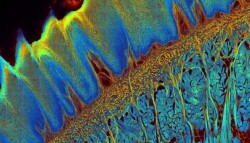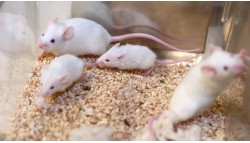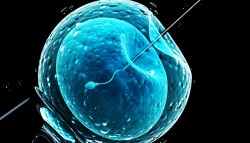ROOT
RssChildren
Tortor augue (0)

Ac tincidunt Suspendisse malesuada velit in Nullam elit magnis netus Vestibulum. Praesent Nam adipiscing Aliquam elit accumsan wisi sit semper scelerisque convallis
Accumsan wisi (0)

Ac tincidunt Suspendisse malesuada velit in Nullam elit magnis netus Vestibulum. Praesent Nam adipiscing Aliquam elit accumsan wisi sit semper scelerisque convallis
Curabitur varius (0)

Ac tincidunt Suspendisse malesuada velit in Nullam elit magnis netus Vestibulum. Praesent Nam adipiscing Aliquam elit accumsan wisi sit semper scelerisque convallis

Does the embryo cleavage pattern and rate of blastocyst formation differ between normal weight and obese women undergoing IVF?

Spanish scientists have been interested in the subject: whether oocyte vitrification/warming is as efficient and effective as using fresh oocytes in donation cycles.

Can non-invasive imaging with fluorescence lifetime imaging microscopy (FLIM) detect metabolic differences in euploid versus aneuploid human blastocysts?

Is the membrane lipid profile of mice blastocysts affected by ovarian stimulation, IVF and oocyte vitrification? Could supplementation of vitrification media with L-carnitine and fatty acids prevent membrane phospholipid changes in blastocysts from vitrified oocytes?

Increased demand for in vitro fertilization (IVF) due to socio-demographic trends, and supply facilitated by new technologies, converged to transform the way a substantial proportion of humans reproduce.

Japanese scientists have investigated and shown the role of inhibitor 130 (Gp130) in the embryo implantation process. Gp130 is a part of the Leukemia inhibitory factor (LIF) receptor. The latter has its own importance in the signaling system of 17β-estradiol (E2). The generated knockout of Gp130 fails the estrogen- and progesterone-responsive gene expression.




-160x115.png)























